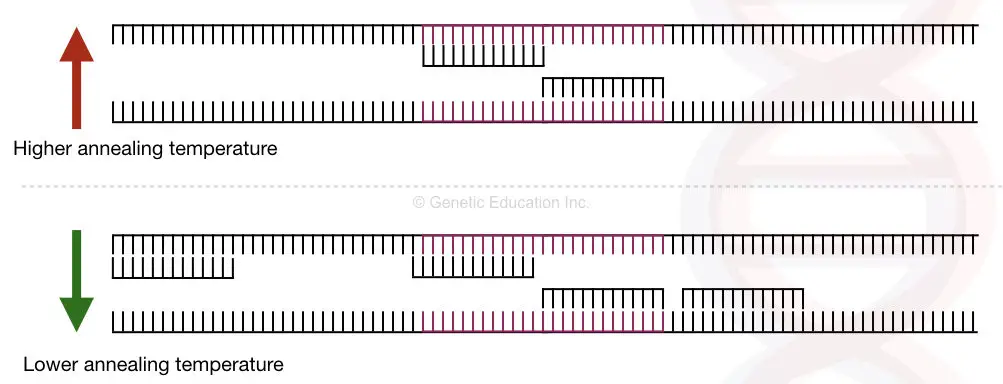

OTXOHOIOFJSIFX-POYBYMJQSA-N methoxy-hydroxyphosphoryl] phosphono hydrogen phosphate Chemical compound OTXOHOIOFJSIFX-POYBYMJQSA-N 0.000 claims description 3.OAKPWEUQDVLTCN-NKWVEPMBSA-N 2',3'-Dideoxyadenosine-5'-Triphosphate Chemical compound OAKPWEUQDVLTCN-NKWVEPMBSA-N 0.000 claims description 3.230000004544 DNA amplification Effects 0.000 claims abstract description 15.108091007521 restriction endonucleases Proteins 0.000 claims abstract description 19.239000000203 mixture Substances 0.000 claims abstract description 19.230000000295 complement Effects 0.000 claims abstract description 19.125000003729 nucleotide group Chemical group 0.000 claims abstract description 26.229920003013 deoxyribonucleic acid Polymers 0.000 claims abstract description 101.238000010367 cloning Methods 0.000 title claims abstract description 28.229920001850 Nucleic acid sequence Polymers 0.000 title claims abstract description 52.

Google has not performed a legal analysis and makes no representation as to the accuracy of the date listed.) Filing date Publication date Priority claimed from KR10-2009-0061895 external-priority Application filed by Korea Research Institute Of Bioscience And Biotechnology filed Critical Korea Research Institute Of Bioscience And Biotechnology Publication of WO2011004994A2 publication Critical patent/WO2011004994A2/en Publication of WO2011004994A3 publication Critical patent/WO2011004994A3/en Priority to US13/345,616 priority Critical patent/US9260749B2/en Links ( en Inventor Jung-Hoon Sohn Jung-Hoon Bae Original Assignee Korea Research Institute Of Bioscience And Biotechnology Priority date (The priority date is an assumption and is not a legal conclusion. Google Patents WO2011004994A2 - A novel genome walking method for cloning of unknown dna sequences adjacent to known sequence Part IV addresses the frequent need to amplify and clone segments of DNA that are to the right, left, or scattered within a stretch of DNA (either vector, chromosomal, or cDNA) of known sequence.WO2011004994A2 - A novel genome walking method for cloning of unknown dna sequences adjacent to known sequence Part III includes several pro tocols involved in the mutagenesis of DNA, either site-directed or not, as well as several approaches to recombinant PCR, either for mutagenesis or building a custom gene, as well as one chapter describing a specific use of in vitro selection. Part 11 offers several procedures for cloning PCR prod ucts, depending on whether a specific restriction site can be used in the clon ing vector, the PCR product is to be gel purified before cloning, or the fragmeni needs to be inserted in one or both orientations. Part I presents basic PCR protocols, emphasizing optimizing conditions for (he amplification of DNA fragments of several kilobases in length. PCR Cloning Protocols: From Molecular Cloning to Genetic Engineer ing is divided into seven parts, each containing a collection of chapters address ing a general approach or goal. This volume focuses on such preparative PCR protocols, which can be used in the cloning and modification of DNA. However, creative investigators soon discovered the power of PCR for synthetic or preparative uses. The advent of PCR, with its power to amplify tiny amounts of DNA, quickly spawned the development of many analytical procedures that are widely used for detection, measurement, and characterization.


 0 kommentar(er)
0 kommentar(er)
